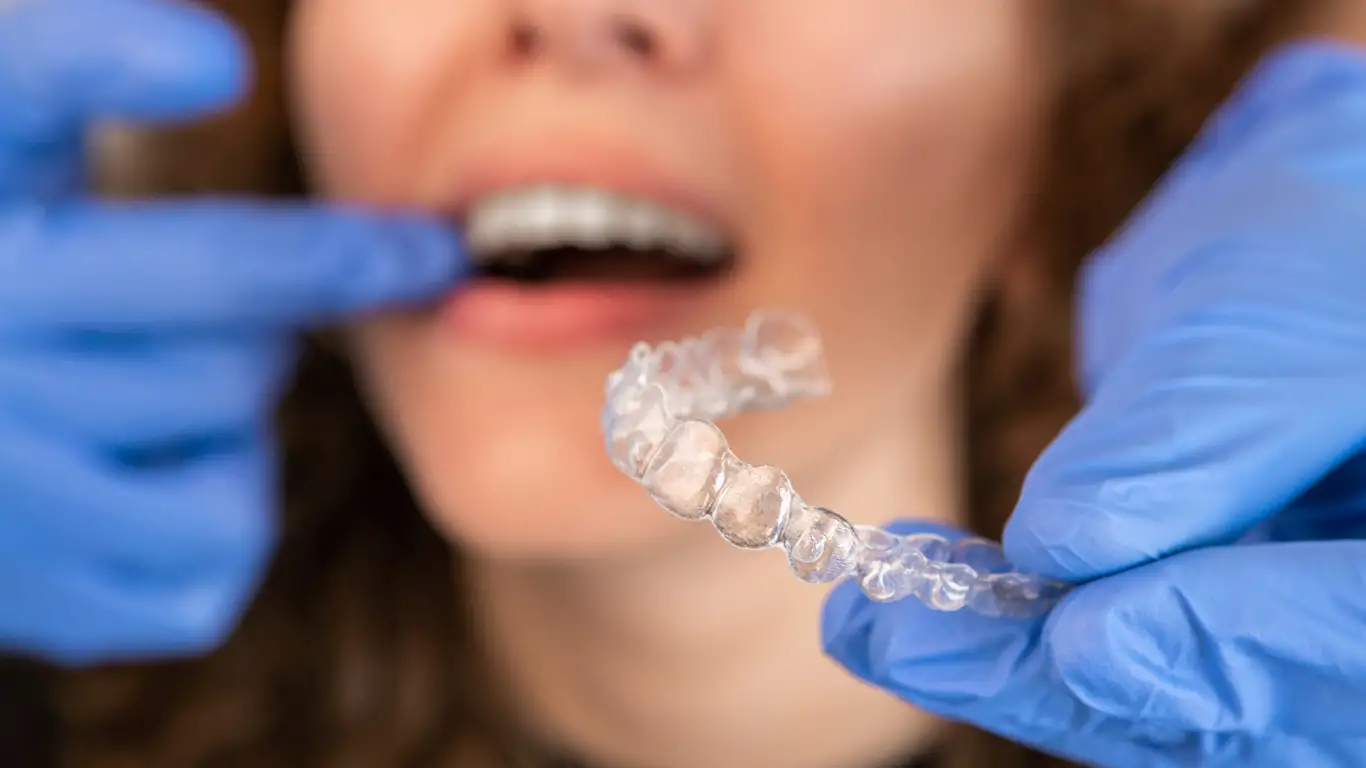The Evolution of Teeth Straightening: From Metal Braces to Modern Solutions
Teeth straightening has come a long way from the days of metal braces and headgear. Today, a variety of innovative options are available to help people achieve their dream smiles. This article explores the different teeth straightening methods, their effectiveness, and what you can expect during the process.

Clear aligners, such as Invisalign, have gained significant popularity in recent years. These custom-made, removable trays are virtually invisible and can be taken out for eating and cleaning. They work by applying gentle pressure to shift teeth over time.
For those seeking a more discreet option, lingual braces are placed on the back of the teeth, making them invisible from the front. Ceramic braces function similarly to metal braces but use tooth-colored or clear brackets for a less noticeable appearance.
How long does the teeth straightening process typically take?
The duration of teeth straightening treatment varies depending on the individual case and the method used. On average, traditional braces are worn for 18 to 24 months, while clear aligner treatments can take 6 to 18 months. More complex cases may require longer treatment times.
Factors that influence treatment duration include the severity of misalignment, the type of correction needed, and patient compliance with wearing aligners or following orthodontic instructions. Regular check-ups and adjustments are crucial for ensuring the treatment progresses as planned.
Are there any risks or side effects associated with teeth straightening?
While teeth straightening is generally safe, there are some potential risks and side effects to be aware of. Mild discomfort or soreness is common, especially after adjustments or when switching to new aligners. This usually subsides within a few days.
In rare cases, allergic reactions to materials used in braces or aligners may occur. Proper oral hygiene is crucial during treatment to prevent tooth decay or gum disease, as orthodontic appliances can make cleaning more challenging.
Some patients may experience minor speech changes or increased saliva production when first adjusting to braces or aligners. These effects typically resolve as the person adapts to the appliance.
What is the cost of teeth straightening treatments?
The cost of teeth straightening varies widely depending on the chosen method, the complexity of the case, and the provider’s location. Here’s a general overview of pricing for different teeth straightening options:
| Treatment Type | Average Cost Range | Key Features |
|---|---|---|
| Traditional Metal Braces | $3,000 - $7,000 | Effective for complex cases, visible |
| Ceramic Braces | $4,000 - $8,000 | Less noticeable than metal, slightly more expensive |
| Lingual Braces | $8,000 - $10,000 | Hidden behind teeth, more expensive |
| Clear Aligners (e.g., Invisalign) | $3,000 - $7,000 | Removable, nearly invisible, suitable for mild to moderate cases |
| At-Home Clear Aligners | $1,200 - $2,500 | More affordable, limited to mild cases, remote monitoring |
Prices, rates, or cost estimates mentioned in this article are based on the latest available information but may change over time. Independent research is advised before making financial decisions.
Many dental insurance plans cover a portion of orthodontic treatment, typically up to 50% of the cost, with a lifetime maximum. It’s essential to check with your insurance provider for specific coverage details. Some orthodontists also offer payment plans to make treatment more accessible.
How can I maintain my straightened teeth after treatment?
Maintaining your newly straightened teeth is crucial for long-term success. Most orthodontists recommend wearing a retainer after active treatment ends. Retainers can be removable or fixed and help prevent teeth from shifting back to their original positions.
Initially, you may need to wear your retainer full-time, gradually transitioning to nighttime wear only. Some patients may need to wear retainers indefinitely to maintain their results.
In addition to retainer use, maintaining good oral hygiene habits is essential. Regular brushing, flossing, and dental check-ups will help keep your straightened teeth healthy and beautiful for years to come.
Teeth straightening can significantly improve both the appearance and function of your smile. With various options available, from traditional braces to clear aligners, there’s a solution for every need and preference. By understanding the process, costs, and maintenance requirements, you can make an informed decision about which teeth straightening method is right for you.
This article is for informational purposes only and should not be considered medical advice. Please consult a qualified healthcare professional for personalized guidance and treatment.





